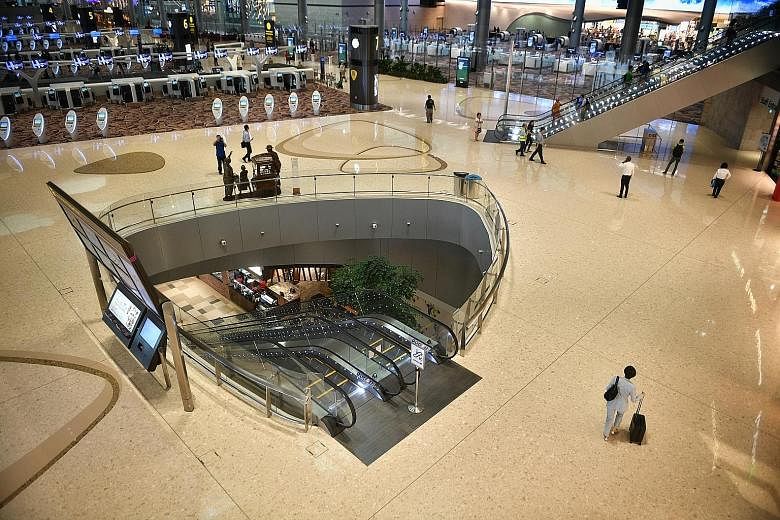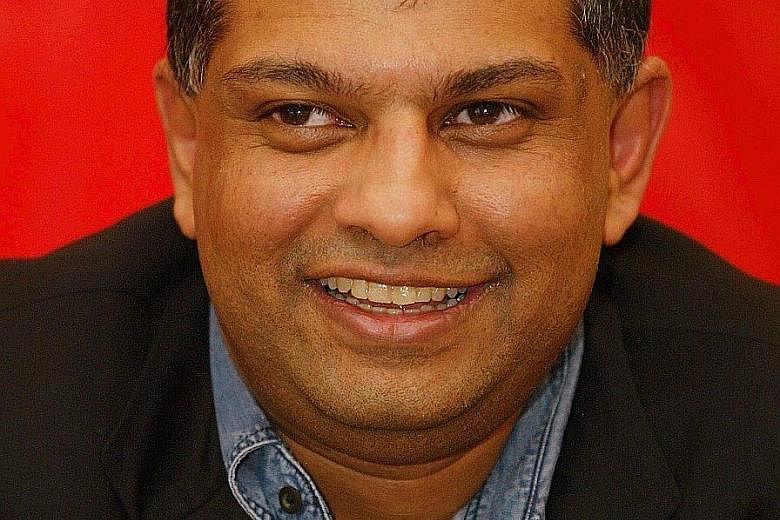By his own admission, Mr Tony Fernandes is never nice to airports.
Yet, AirAsia's flamboyant and tough-talking boss was full of praise for Changi's latest terminal when he met journalists at the airport's Crowne Plaza Hotel yesterday.
Holding up the new Terminal 4 as the "model airport of the future" for budget carriers, he said all other airports, and especially Kuala Lumpur International Airport, should learn from Changi.
"In my 16 years (in the budget airline business), I have never praised any airport, so this is a big step for me and a huge endorsement for Changi," he said.
Even his staff are raving about T4, he quipped.
"Changi should be applauded for listening to its airlines," Mr Fernandes added, lamenting that not many do so.
At the new T4, where the AirAsia group of four carriers moved to more than a week ago, the focus is on technology such as self-service check-in and boarding.
Unlike Changi's other three terminals, T4 offers travellers a start-to-end automated process, from check-in to boarding.
The extensive use of technology not only boosts overall capacity but can also yield up to 20 per cent in manpower savings.
Lower costs will allow AirAsia to offer customers even lower fares, Mr Fernandes said.
AirAsia will use its experience at T4 to study how similar processes and systems can be replicated at other airports from which it operates, he said.
"Moving to T4 is another step in our journey to become a digital airline.
"We couldn't be more pleased to work with a world-class airport operator like CAG (Changi Airport Group), who understands the power of going digital to take the airport experience to the next level."
The airline has embarked on a series of measures to enhance its pre-flight, in-flight and post-flight experiences, for example, with a loyalty programme and an online shopping portal.
There are plans to introduce permanent bag tags - embedded with the user's personal particulars - for passengers to move from check-in to departure more quickly.
AirAsia also plans to retrofit its planes to offer Wi-Fi access.
There are nine airlines operating at T4: the AirAsia group's four airlines, Cathay Pacific, Cebu Pacific, Korean Air, Spring Airlines and Vietnam Airlines.
While there have been no major glitches since T4 opened on Oct 31, there were some concerns about confusion during boarding.
Signs and video content have since been put up at the boarding area to inform travellers they can use automated gates - but only if they have gone through automated immigration clearance.
Those who have not should head to manual counters to be processed for boarding.



